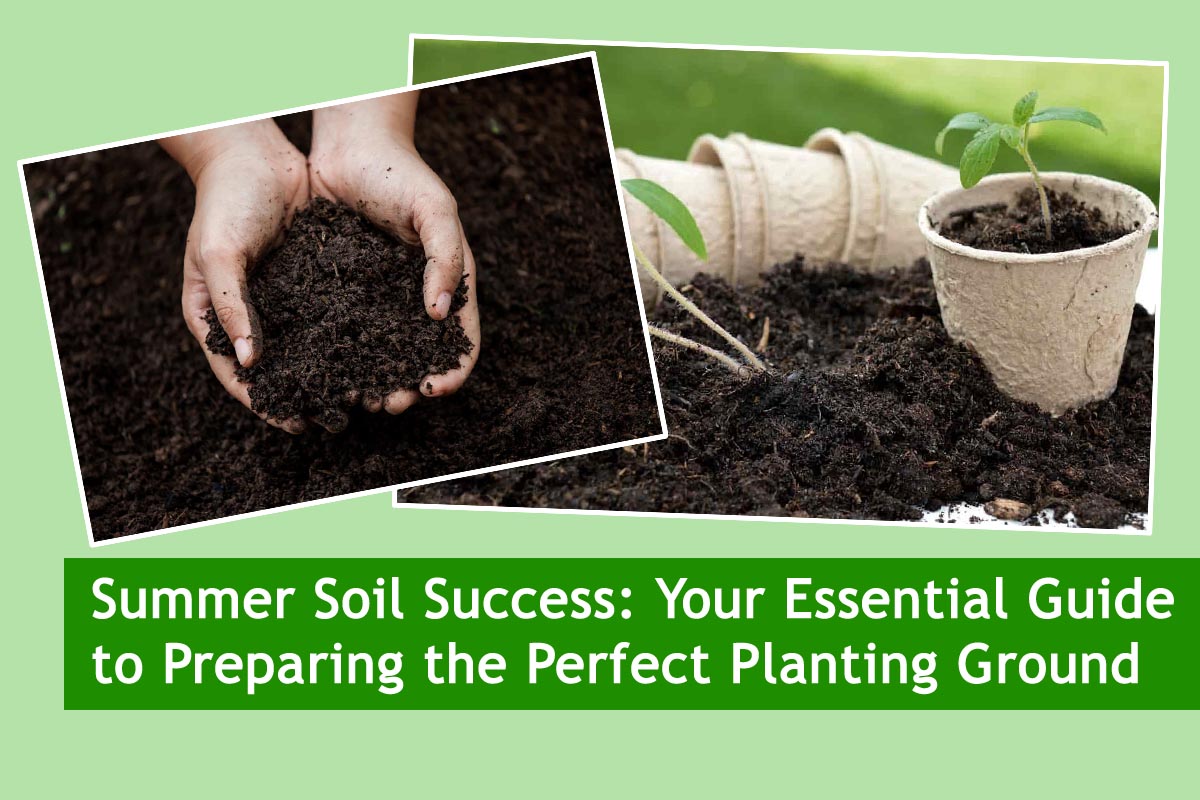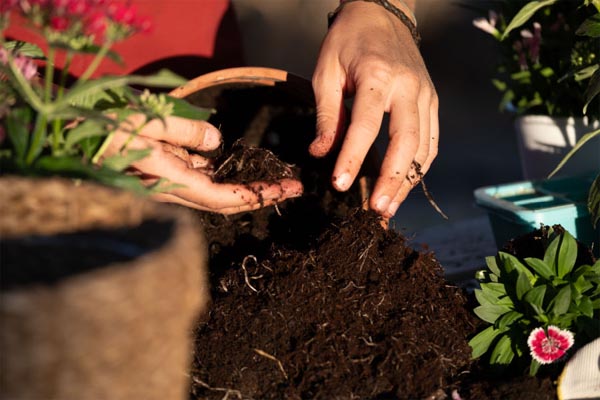
Summer Soil Success: Your Essential Guide to Preparing the Perfect Planting Ground
As the warmth of summer approaches, avid gardeners and enthusiasts eagerly await the opportunity to cultivate vibrant and flourishing gardens. Yet, before the first seed is sown or the initial sapling planted, one crucial step sets the stage for success: soil preparation. In this comprehensive guide, we delve into the essential practices and techniques to ensure your soil is primed and ready for the summer planting season.
Understanding Your Soil:
Before diving into preparation techniques, it’s vital to understand your soil’s composition. Soil can vary significantly based on factors such as texture, pH levels, and nutrient content. Conducting a soil test is the first step in this process, providing invaluable insights into its characteristics and deficiencies. Home testing kits or services offered by local agricultural extension offices can help assess pH levels and nutrient content, guiding subsequent steps in soil preparation.

Amending Soil Texture:
Soil texture plays a crucial role in determining its drainage capabilities and nutrient retention. Sandy soils drain quickly but may lack sufficient nutrients, while clay soils retain water but can become compacted, hindering root growth. The ideal soil texture is loamy, offering a balanced mix of sand, silt, and clay.
For sandy soils, incorporating organic matter such as compost or well-rotted manure helps improve water retention and nutrient levels. Similarly, adding coarse sand to clay soils can enhance drainage and prevent compaction. Aim for a soil texture that feels crumbly and friable, allowing roots to penetrate easily while retaining essential moisture.
Also Read This : Unveiling the Best Liquid Fertilizer for Thriving Indoor Plants
Balancing Soil pH:
Soil pH influences nutrient availability to plants, with most crops thriving in slightly acidic to neutral conditions. Conducting a soil test reveals the pH level, enabling you to adjust it accordingly. Lime is commonly used to raise pH levels in acidic soils, while elemental sulfur or acidifying fertilizers lower pH in alkaline soils. Maintaining the appropriate pH range fosters optimal nutrient uptake, promoting healthy plant growth and vigor.

Enhancing Nutrient Content:
Fertile soil is the cornerstone of a productive garden, providing plants with essential nutrients for growth and development. Organic matter serves as a natural source of nutrients while improving soil structure and microbial activity. Incorporating compost, leaf mold, or aged manure enriches the soil with organic material, gradually releasing nutrients as it decomposes.
In addition to organic amendments, supplemental fertilizers can address specific nutrient deficiencies identified through soil testing. Balanced fertilizers containing nitrogen, phosphorus, and potassium (NPK) support overall plant health, while micronutrients such as calcium, magnesium, and sulfur ensure robust growth and vitality. Follow recommended application rates to avoid over-fertilization, which can harm plants and leach into the environment.
Also Read This : Troubleshooting Yellowing Hibiscus Buds: Essential Tips for a Blossoming Garden
Mulching for Moisture Retention:
Mulching is a simple yet effective practice that offers numerous benefits to garden soil. A layer of organic mulch, such as wood chips, straw, or shredded leaves, conserves moisture by reducing evaporation and suppressing weed growth. Additionally, mulch insulates the soil, moderating temperature fluctuations and protecting plant roots during extreme weather conditions.
When applying mulch, maintain a thickness of 2-4 inches, ensuring it does not directly contact plant stems to prevent moisture-related diseases. Periodically replenish mulch as it decomposes, contributing organic matter to the soil and sustaining its benefits throughout the growing season.

Also Read This : Unlocking the Secret to Keeping Your Curry Leaf Plant Green Year-Round: One Simple Addition
Tilling and Soil Aeration:
Tilling, or mechanical cultivation, is a common practice used to prepare garden beds by breaking up compacted soil and incorporating amendments. However, excessive tilling can disrupt soil structure and harm beneficial microorganisms, leading to erosion and nutrient loss. Consider adopting no-till or minimal tillage methods to preserve soil health and biodiversity.
Alternatively, aerating the soil with a garden fork or mechanical aerator improves drainage and oxygenation without disturbing its structure. Focus on compacted areas or heavy clay soils prone to waterlogging, promoting root growth and nutrient uptake. Aeration also facilitates the decomposition of organic matter, accelerating the release of nutrients for plant uptake.
Also Read This : Exploring the Medicinal Marvels of the Sehund Plant
Crop Rotation and Cover Crops:
Incorporating crop rotation and cover crops into your gardening practices offers long-term benefits for soil fertility and pest management. Rotating crops annually prevents nutrient depletion and reduces the buildup of soil-borne diseases and pests associated with specific plant families. Design a rotation plan that alternates between nitrogen-fixing legumes, heavy feeders, and light feeders, optimizing nutrient cycling and soil structure.
Cover crops, such as clover, vetch, or winter rye, protect bare soil from erosion and nutrient leaching while replenishing organic matter and suppressing weeds. Plant cover crops during periods of dormancy or between main crop rotations, allowing them to establish and contribute to soil health before being incorporated back into the soil.
Also Read This : Harnessing the Power of Alum Water for Lush, Thriving Plants
Preparing the perfect planting ground sets the stage for a bountiful harvest and vibrant garden throughout the summer months. By understanding your soil’s composition and implementing appropriate amendments and practices, you can create an optimal growing environment for your plants. Whether you’re a seasoned gardener or just starting, the principles of soil preparation outlined in this guide will help you cultivate healthy, thriving gardens and enjoy the fruits of your labor all season long.




